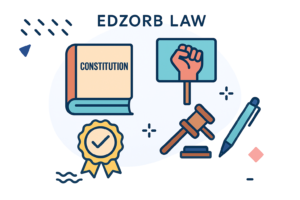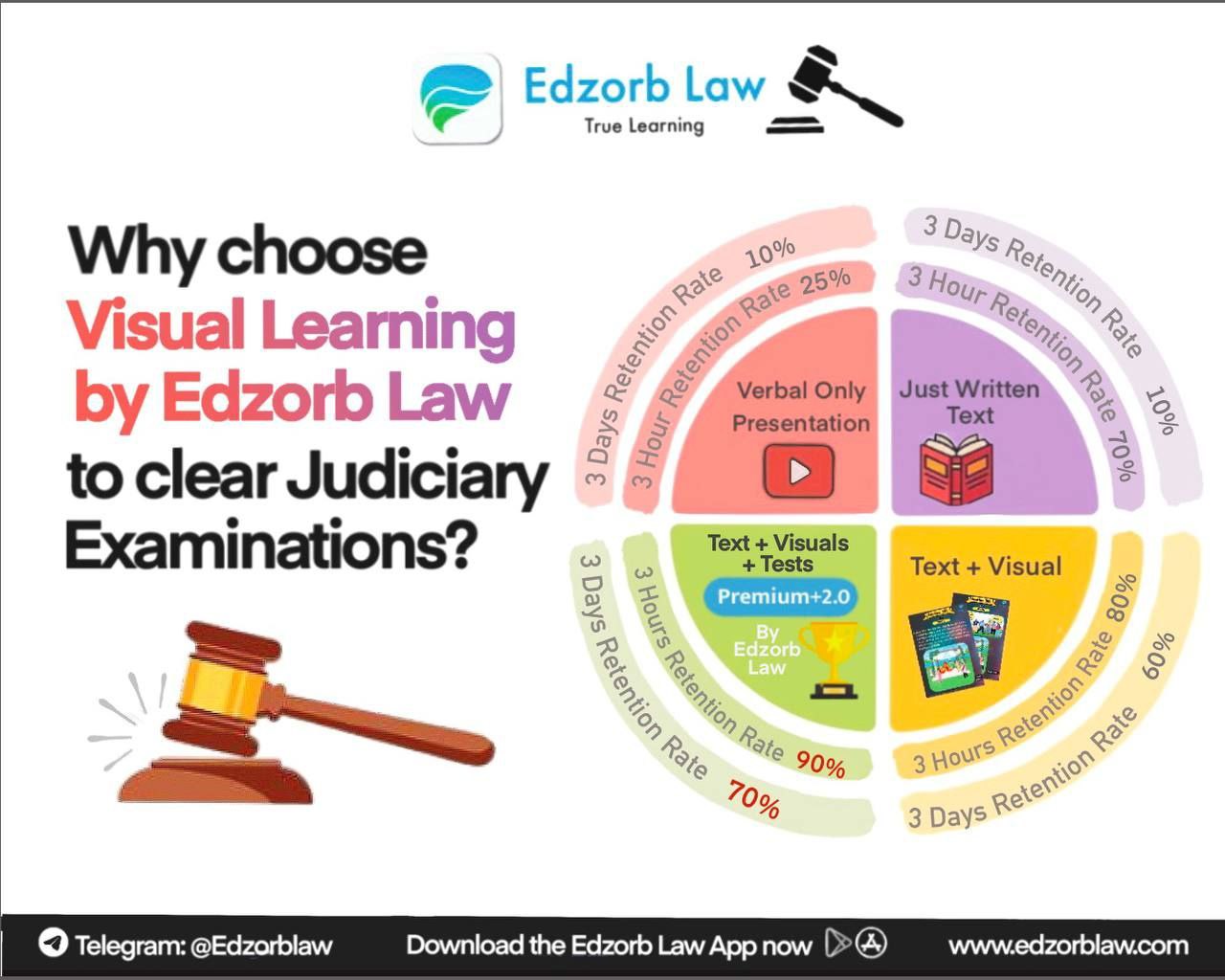Let’s dive in and explore the landmark judgments that have shaped the Code of Civil Procedure (CPC) and are essential for every judiciary aspirant! The Code of Civil Procedure, 1908 (CPC) serves as the backbone of civil litigation in India.
This blog covers five must-know landmark judgments in CPC that every judiciary aspirant should have at their fingertips.
1. Lal Chand Vs Radha Kishan (1977) 2 SCC 88
Key Principle: Res Judicata (Section 11, CPC)
👉 What Happened:
The Supreme Court reaffirmed that the principle of res judicata extends beyond issues that were actually decided, it also covers issues that could have been raised but weren’t. The court emphasized that this principle is designed to prevent multiple suits on the same matter and ensure finality in litigation.
💡 Why It Matters:
This judgment sets the foundation for understanding that once a court has ruled on a matter, it cannot be reopened in subsequent proceedings. It’s about closure, ensuring the same issue isn’t fought over again and again.
Takeaway: Res judicata = No second bites at the same legal apple!
2. Kiran Singh Vs Chaman Paswan (1954) SCR 117

Key Principle: Objection to Jurisdiction (Section 21, CPC)
👉 What Happened:
The Supreme Court ruled that objections regarding jurisdiction should be raised at the earliest possible stage. If a party fails to challenge jurisdiction early on, they may lose the right to object later.
💡 Why It Matters:
This case underscores the importance of acting swiftly in legal proceedings. Missing the chance to question jurisdiction could cost you the case, even if the court had no authority to hear it in the first place.
Takeaway: Timing is everything, raise objections early or lose your shot! ⏳
3. Ramesh B. Desai Vs Bipin Vadilal Mehta (2006) 5 SCC 638
Key Principle: Dismissal of Suits (Order VII Rule 11, CPC)
👉 What Happened:
The court held that a plaint (lawsuit) can be rejected if:
- It doesn’t disclose a cause of action.
- It’s barred by law.
The judgment reinforced the need to prevent frivolous litigation from clogging the courts.
💡 Why It Matters:
This ruling ensures that courts focus on legitimate claims and aren’t bogged down by baseless lawsuits. Judiciary aspirants need to understand the grounds for rejecting a plaint, it’s about protecting the integrity of the legal process.
Takeaway: Weak case? No place!
4. Kasturi Vs Iyyamperumal (2005) 6 SCC 733

Key Principle: Necessary and Proper Parties (Order I Rule 10, CPC)
👉 What Happened:
The court clarified the difference between:
- Necessary parties – Without whom no effective order can be passed.
- Proper parties – Whose presence helps in a complete adjudication of issues.
A party cannot be added just because they have an interest in the outcome, they must be essential for resolving the dispute.
💡 Why It Matters:
This judgment helps judiciary aspirants understand who belongs at the table in a civil suit and who doesn’t. The goal is to have the right parties for a complete and just resolution.
Takeaway: If they’re not part of the solution, they’re not part of the suit!
5. Vithalbhai (P) Ltd. v. Union Bank of India (2005) 4 SCC 315

Key Principle: Stay of Suit (Section 10, CPC)
👉 What Happened:
The court ruled that a stay of suits should be granted only when:
- The issue in a subsequent suit is directly and substantially the same as in a previously instituted suit.
- The suits involve the same parties.
The goal is to avoid conflicting decisions and conserve judicial resources.
💡 Why It Matters:
This ruling helps judiciary aspirants understand how to manage parallel litigation and prevent contradictory judgments.
Takeaway: Avoid legal deja vu; settle it once and for all!
Conclusion: Turning Judgments into Strength
Mastering the CPC isn’t about rote learning, it’s about understanding how courts interpret and apply procedural law in real-world scenarios. These landmark cases offer more than legal insight, they teach strategy, foresight, and the power of judicial reasoning.
- Res Judicata → Close the case for good.
- Jurisdiction Objection → Speak now or forever hold your peace.
- Dismissal of Suits → No case? No court time.
- Necessary Parties → If they don’t belong, don’t bring them.
- Stay of Suits → One case at a time!
The road to becoming a judge isn’t easy, but understanding these cases will give you the confidence and clarity to navigate the complexities of civil litigation like a pro. So, keep learning, stay curious, and remember; every judgment you understand today brings you closer to the bench tomorrow!
✨ Want to simplify your judiciary prep even more?
Download Edzorb Law App, the ultimate app for cracking judicial exams! From concise case law summaries to expertly crafted mock tests, Edzorb Law helps you cover the CPC and other major legal topics with ease.
Less confusion, more clarity; because your time is too valuable for guesswork!
Start your journey to the bench today with Edzorb Law! 🚀

 Podcast
Podcast








 Features
Features






